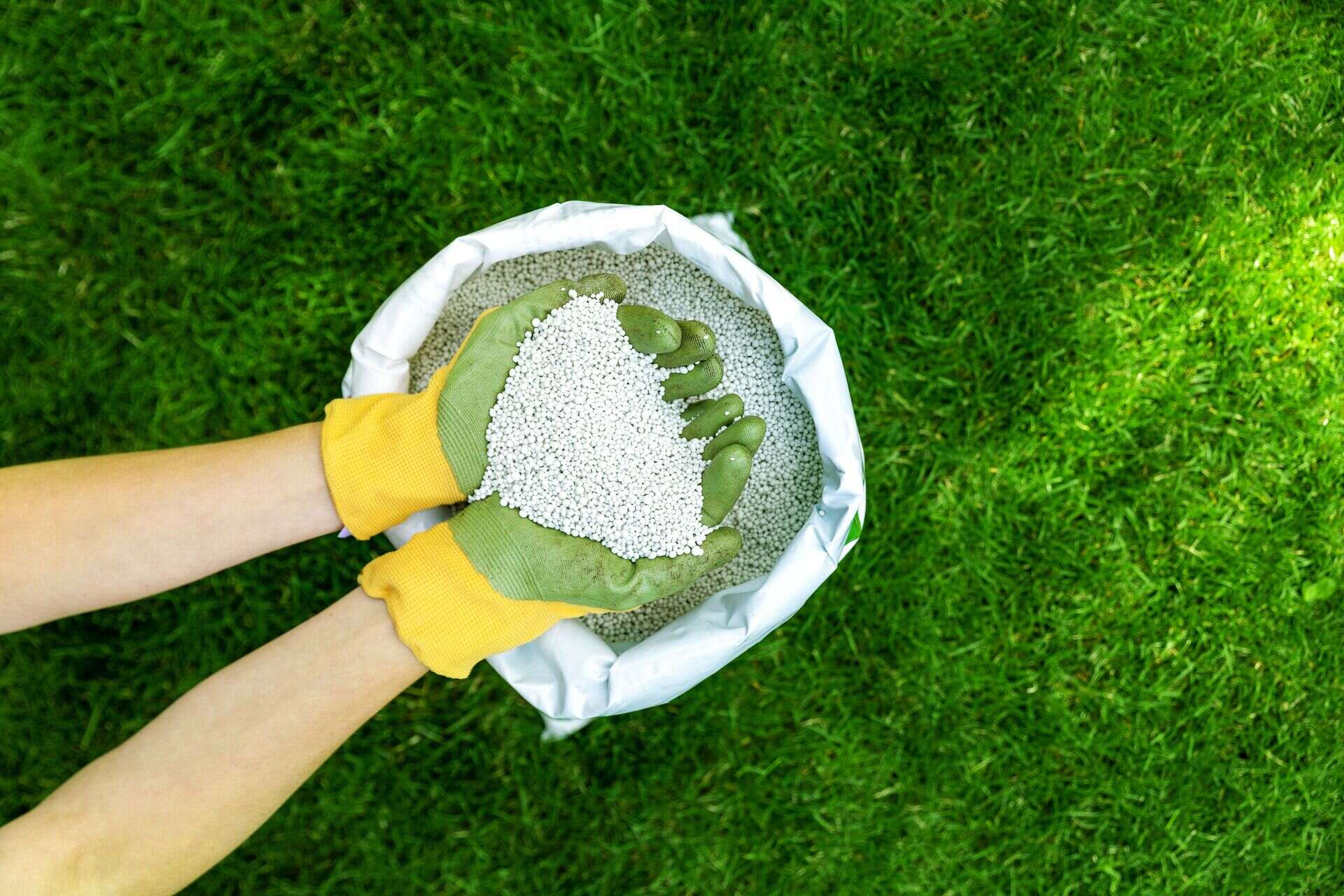

Articles
How To Store Fertilizer
Modified: January 6, 2024
Learn effective ways to store fertilizer with these informative articles. Proper storage ensures the longevity and effectiveness of your fertilizer supplies.
(Many of the links in this article redirect to a specific reviewed product. Your purchase of these products through affiliate links helps to generate commission for Storables.com, at no extra cost. Learn more)
Introduction
Storing fertilizer properly is essential to maintain its quality and effectiveness. Whether you are a gardener, farmer, or agricultural professional, understanding how to store fertilizer correctly is crucial to maximizing its benefits and avoiding any risks or hazards.
Fertilizer is a key component in promoting healthy plant growth and increasing crop yields. However, like any other agricultural product, it can degrade and lose its potency over time if not stored in the right conditions. Factors such as temperature, humidity, exposure to sunlight, and moisture levels can significantly impact fertilizer quality.
In this article, we will discuss the factors to consider when storing fertilizer, the various storage options available, and important safety precautions to follow. By following these guidelines, you can ensure that your fertilizer remains in optimal condition, increases its shelf life, and maintains its nutrient content.
Key Takeaways:
- Proper fertilizer storage is crucial for maintaining quality and effectiveness. Factors such as temperature, humidity, and proper ventilation play a key role in preserving the integrity of fertilizers.
- Implementing safety precautions, regular monitoring, and proper maintenance are essential for creating a secure and controlled storage environment. By following guidelines and taking necessary precautions, you can optimize fertilizer storage and maximize its benefits.
Read more: How To Store Fertile Eggs
Factors to Consider for Fertilizer Storage
When it comes to storing fertilizer, there are several factors that you need to take into consideration to maintain its quality and effectiveness. These factors include:
- Temperature: Fertilizer should be stored in a cool and dry location to prevent it from overheating or freezing. Extreme temperatures can lead to the breakdown of key nutrients, reducing the efficacy of the fertilizer. It is best to store fertilizer in a location where the temperature remains between 50 to 77 degrees Fahrenheit.
- Humidity: Moisture can cause fertilizer to clump, making it difficult to spread evenly. It can also lead to the growth of mold or mildew, which can contaminate the fertilizer. Therefore, it is important to store fertilizer in a low humidity environment to maintain its quality.
- Exposure to Sunlight: Fertilizer should be stored in a place where it is protected from direct sunlight. Exposure to sunlight can heat up the fertilizer, accelerating its degradation. Choose a storage location that is shaded or use opaque containers or bags to shield the fertilizer from sunlight.
- Moisture Levels: Moisture can cause fertilizer to absorb water, resulting in caking or clumping. It is essential to keep fertilizer dry to maintain its flowability and prevent any potential damage. Use waterproof containers or ensure that bags are tightly sealed to prevent moisture from entering.
- Compatibility: Fertilizers can react to certain substances or chemicals, which can affect their effectiveness or create safety hazards. Avoid storing fertilizers near pesticides, herbicides, or other chemicals that could potentially contaminate the fertilizer. Follow the manufacturer’s recommendations for proper segregation and storage.
By considering these factors, you can ensure that your fertilizer remains in optimal condition and retains its nutrient content, providing the best results for your plants or crops. Now let’s explore the various storage options available for different types of fertilizers.
Choosing the Right Storage Location
Choosing the right storage location for your fertilizer is crucial to maintain its quality and effectiveness. Here are some important factors to consider when selecting a storage location:
- A well-ventilated area: Fertilizer should be stored in a location with proper ventilation to prevent the build-up of fumes or gases. This is particularly important for fertilizers that release ammonia or other volatile compounds. Adequate ventilation helps to dissipate any potentially harmful gases and maintain a safe environment.
- Avoiding proximity to sensitive areas: Keep the storage area away from sensitive locations such as water bodies, wells, or residential areas. This helps prevent any risk of contamination or accidental spills, ensuring the safety of the environment and nearby communities.
- Sufficient space: Ensure that you have enough space to store your fertilizer safely. Overcrowding can lead to accidents, spills, or difficulty accessing the fertilizer. Consider the volume of fertilizer you need to store and allocate an appropriate space accordingly.
- Easy accessibility: Choose a location that allows for easy access to the fertilizer. This will make it convenient to retrieve the fertilizer when needed and reduce the risk of accidents or mishandling during retrieval.
- Proper signage and labeling: Clearly label the storage area with the type of fertilizer being stored and any relevant safety information. This ensures that anyone entering the area is aware of the contents and necessary precautions.
It is also important to consider the storage requirements specific to the type of fertilizer you are storing, whether it is granular, liquid, or bulk fertilizer. Let’s delve into the storage guidelines for each type.
Storing Fertilizer in Bags
Storing fertilizer in bags is a common method used by gardeners and home growers. Here are some guidelines to ensure proper storage:
- Choose durable bags: Opt for high-quality, tear-resistant bags that can withstand the weight and keep the fertilizer securely contained. Avoid using damaged or worn-out bags as they can lead to spills or contamination.
- Seal the bags tightly: Properly seal the bags to prevent moisture from entering and causing the fertilizer to clump or degrade. Use zip ties, clamps, or airtight sealing mechanisms to ensure a tight seal.
- Store bags off the ground: Keep the bags elevated off the ground to prevent any potential moisture absorption or contact with pests. Use pallets, shelves, or racks to create a raised platform for storing the bags.
- Organize and label: Maintain a well-organized storage system by grouping similar fertilizers together and labeling each bag with the product name, expiration date, and any handling instructions. This makes it easier to identify and access specific fertilizers when needed.
- Rotate stock: Practice a first-in, first-out (FIFO) approach to ensure that older bags of fertilizer are used before newer ones. This helps to prevent the expiration of fertilizers and ensures that you are always using fresh and effective products.
By following these guidelines, you can ensure that your bagged fertilizer remains in optimal condition, free from moisture and contamination. However, it’s important to note that storing liquid fertilizer requires different considerations. Let’s take a look at the storage requirements for liquid fertilizers.
Storing Liquid Fertilizer
Storing liquid fertilizer requires specific precautions to maintain its quality and prevent any potential spills or accidents. Here are some guidelines to follow:
- Choose appropriate containers: Select containers specifically designed for storing liquid fertilizers. These containers should be made from non-reactive materials such as polyethylene or fiberglass that can withstand the corrosive nature of liquid fertilizers.
- Seal containers properly: Ensure that the containers are tightly sealed to prevent leakage or evaporation. Use appropriate caps, gaskets, or seals to create a watertight closure.
- Store in a cool, dark location: Place the containers in a cool, dark area to prevent exposure to sunlight and maintain a stable temperature. Heat and sunlight can degrade the quality of liquid fertilizers.
- Avoid extreme temperature fluctuations: Liquid fertilizers should be stored in an environment where temperature fluctuations are minimal. Rapid temperature changes can lead to the expansion or contraction of the liquid, potentially causing containers to burst or leak.
- Keep containers off the ground: Store the containers on pallets or shelves to prevent contact with moisture and to facilitate easy inspection and access.
- Regularly inspect containers: Check the containers for any signs of damage, leaks, or deterioration. Replace any faulty containers immediately to prevent spills or contamination.
- Secure containers: Ensure that the containers are stable and secure to minimize the risk of accidental falls or tipping. Properly label each container with the type of liquid fertilizer it contains.
Following these guidelines will help keep your liquid fertilizer in optimal condition, ensuring its effectiveness when applied. Now, let’s move on to discussing the storage of fertilizer in bulk.
Store fertilizer in a cool, dry place away from direct sunlight and moisture. Keep it tightly sealed in its original packaging to prevent clumping and maintain its effectiveness.
Read more: How To Store Granular Fertilizer
Storing Fertilizer in Bulk
Storing fertilizer in bulk is a common practice for large-scale agricultural operations or commercial fertilizer distributors. Here are some important considerations when storing fertilizer in bulk:
- Select appropriate storage structures: Choose storage structures that are specifically designed for bulk fertilizer storage, such as silos, tanks, or bins. These structures should be made of durable materials and have proper ventilation and drainage systems.
- Ensure proper loading and unloading: Use equipment designed for bulk fertilizer handling to ensure safe and efficient loading and unloading processes. This may include conveyor systems, augers, or loaders that can handle the weight and volume of the fertilizer.
- Monitor inventory levels: Regularly monitor the inventory levels to avoid overstocking or running out of fertilizer. This helps in managing appropriate turnover and preventing any spoilage or degradation due to prolonged storage.
- Implement pest control measures: Bulk fertilizer storage areas are prone to pests such as rodents or insects. Implement proper pest control measures to prevent any contamination or damage to the fertilizer. This may include regular inspections, maintaining cleanliness, and using appropriate pest control techniques.
- Maintain cleanliness and hygiene: Keep the storage area clean and free from debris, spills, or contaminants. Regularly remove any dust, dirt, or residue that may accumulate, as these can affect the quality of the bulk fertilizer.
- Follow manufacturer instructions: Adhere to the manufacturer’s guidelines for storing the specific type of bulk fertilizer. Different fertilizers may have different storage requirements, such as temperature, humidity, or ventilation needs, and it is important to follow them for optimal storage conditions.
- Implement safety measures: Ensure that the storage area is equipped with appropriate safety measures, such as fire extinguishers, emergency exits, and safety signage. Train personnel on proper handling and emergency procedures to minimize the risk of accidents or incidents.
By following these guidelines, you can effectively store fertilizer in bulk, ensuring its quality and longevity. However, it’s important to implement measures to prevent contamination and spills in any type of fertilizer storage. Let’s explore those precautions in the next section.
Preventing Contamination and Spills
Preventing contamination and spills is crucial for maintaining the quality of stored fertilizer and protecting the environment. Here are some important precautions to take:
- Proper handling and storage: Handle fertilizer bags, containers, or bulk quantities with care to minimize the risk of spills or leaks. Ensure that bags are securely sealed, containers are tightly closed, and bulk storage structures are properly maintained.
- Segregate incompatible materials: Store fertilizers away from substances or chemicals that can react with them, such as pesticides, herbicides, or flammable materials. This helps avoid any dangerous reactions or contamination that may occur due to contact or proximity.
- Implement spill containment measures: Have spill containment materials such as absorbent pads, spill kits, or sand readily available in case of spills or leaks. These materials can help to quickly and effectively contain and clean up any accidental fertilizer releases.
- Label and store hazardous fertilizers separately: Some fertilizers may be classified as hazardous materials due to their chemical properties. Ensure that these fertilizers are clearly labeled and stored separately in appropriate designated areas to prevent any potential risks or accidents.
- Regular maintenance and inspections: Implement a regular maintenance and inspection routine to check for any signs of damage or wear in storage structures, containers, or packaging. Promptly repair or replace any faulty equipment to prevent potential leaks or spills.
- Provide proper training: Educate personnel on proper handling, storage, and emergency procedures to minimize the risk of accidents or incidents. Training should cover topics such as spill response, hazardous material handling, and safe practices to ensure the protection of both individuals and the environment.
By implementing these precautions, you can significantly reduce the risk of contamination and spills, ensuring the safety of both your fertilizer storage area and the surrounding environment. However, it’s equally important to observe safety precautions when working with fertilizers. Let’s discuss those in the next section.
Safety Precautions for Fertilizer Storage
When storing fertilizer, it’s essential to prioritize safety to prevent accidents and protect the well-being of individuals and the environment. Here are some important safety precautions to follow:
- Proper ventilation: Ensure that the storage area has adequate ventilation to prevent the build-up of fumes or gases. Good ventilation helps in maintaining air quality and reducing the risk of exposure to potentially harmful substances.
- Wear appropriate protective gear: When handling fertilizers, wear personal protective equipment (PPE), including gloves, goggles, and a mask. This helps protect against potential skin and eye irritation, inhalation of dust, or exposure to chemical components.
- Handle with care: Use proper lifting techniques when handling fertilizer bags or containers to avoid strains or injuries. Be cautious of sharp edges or protrusions on bags or containers that can cause cuts or punctures.
- Follow safety data sheets (SDS): Familiarize yourself with the safety data sheets provided by the fertilizer manufacturer. These sheets outline important safety information, including handling precautions, first aid measures, and emergency procedures.
- Store away from heat sources: Keep fertilizers away from heat sources, open flames, or sources of ignition. Certain fertilizers are combustible and can pose a fire hazard if exposed to high temperatures or sparks.
- Clean up spills immediately: In the event of a spill or leak, immediately contain the spill using appropriate materials and clean it up following proper procedures. Dispose of contaminated materials properly in accordance with local regulations.
- Keep out of reach of children and pets: Store fertilizers in a secure location that is inaccessible to children or pets. Fertilizers can be harmful if ingested or mishandled, so it’s important to keep them stored safely.
- Secure the storage area: Restrict access to the fertilizer storage area to authorized personnel only. Use locks or security measures to prevent unauthorized individuals from entering and potentially posing risks to themselves or the stored fertilizers.
- Have an emergency plan: Develop an emergency plan that includes procedures for dealing with chemical spills, fires, or accidents. Ensure that all personnel are trained in these procedures and conduct regular drills to practice the response.
By following these safety precautions, you can create a secure environment for fertilizer storage, minimizing the risk of accidents and promoting the safety of everyone involved. However, it’s equally important to monitor and maintain the storage area to ensure its integrity. Let’s explore this further in the next section.
Monitoring and Maintaining Fertilizer Storage
Regular monitoring and maintenance of fertilizer storage are essential to ensure the integrity and safety of the stored fertilizers. Here are some important steps to follow:
- Regular inspections: Conduct routine inspections of the storage area to check for signs of damage, leaks, or deterioration. Inspect bags, containers, or bulk storage structures for any signs of wear and tear that may compromise their integrity.
- Check for temperature and humidity: Monitor the temperature and humidity levels in the storage area to ensure that they remain within the recommended range for the specific fertilizer being stored. Fluctuations or extremes in temperature and humidity can affect fertilizer quality.
- Ensure proper ventilation: Verify that the storage area has adequate ventilation to maintain good air circulation. Poor ventilation can lead to the accumulation of fumes or gases, posing a risk to both the stored fertilizer and individuals working in the area.
- Monitor inventory levels: Keep track of the inventory levels of stored fertilizers to avoid overstocking or running out. This helps ensure timely utilization and prevents the fertilizers from degrading due to prolonged storage.
- Address spills and leaks immediately: If any spills or leaks occur, promptly address them to minimize the risk of contamination or accidents. Clean up spills using appropriate techniques and materials, following safety protocols and regulations.
- Practice proper pest control: Regularly inspect the storage area for signs of pests and implement proper pest control measures to prevent any infestations. Pests can damage the packaging, contaminate the fertilizer, and pose health risks.
- Train personnel: Provide training to personnel responsible for monitoring and maintaining the fertilizer storage area. Train them on proper inspection techniques, safety measures, and maintenance procedures to ensure that the storage area is well-maintained and hazards are mitigated.
- Follow manufacturer recommendations: Always follow the manufacturer’s recommendations for the specific fertilizer being stored. This includes guidelines for storage temperature, humidity, ventilation, and shelf life. Adhering to these recommendations helps maintain fertilizer quality and effectiveness.
- Keep records: Maintain records of inspections, repairs, inventory levels, and any incidents or accidents that occur in the fertilizer storage area. These records not only aid in monitoring but also serve as a valuable reference for future assessments and improvements.
By consistently monitoring and maintaining fertilizer storage, you can identify and address any issues promptly, ensuring the longevity and quality of the stored fertilizer. Now, let’s wrap up our discussion.
Read more: How To Store Urine For Fertilizer
Conclusion
Proper fertilizer storage is vital for maintaining the quality and effectiveness of fertilizers. By considering factors such as temperature, humidity, exposure to sunlight, and moisture levels, you can ensure that your fertilizer remains in optimal condition, providing the best results for your plants or crops.
Whether you are storing fertilizer in bags, liquid form, or in bulk, following the appropriate guidelines is crucial. Sealing bags tightly, storing liquid fertilizer in proper containers, and choosing appropriate storage structures for bulk fertilizer are essential steps to maintain the integrity of the product.
Preventing contamination and spills is paramount in fertilizer storage. Proper handling, segregating incompatible materials, implementing spill containment measures, and regular maintenance and inspections all contribute to a safe and controlled storage environment.
It is equally important to prioritize safety by wearing appropriate protective gear, providing proper ventilation, and following safety data sheets. Securing the storage area, having an emergency plan, and conducting regular training ensure the safety of individuals and the environment.
Monitoring and maintaining fertilizer storage through regular inspections, checking temperature and humidity levels, addressing spills promptly, and practicing effective pest control are key to ensuring the long-term viability and quality of the stored fertilizer.
By following these guidelines and taking the necessary precautions, you can optimize fertilizer storage, prolong the shelf life, and maximize the benefits of your fertilizer, leading to healthier plants and higher crop yields.
Remember to always follow the manufacturer’s recommendations and local regulations for fertilizer storage. With proper storage practices in place, you can harness the full potential of your fertilizers and contribute to sustainable and successful agricultural practices.
Frequently Asked Questions about How To Store Fertilizer
Was this page helpful?
At Storables.com, we guarantee accurate and reliable information. Our content, validated by Expert Board Contributors, is crafted following stringent Editorial Policies. We're committed to providing you with well-researched, expert-backed insights for all your informational needs.

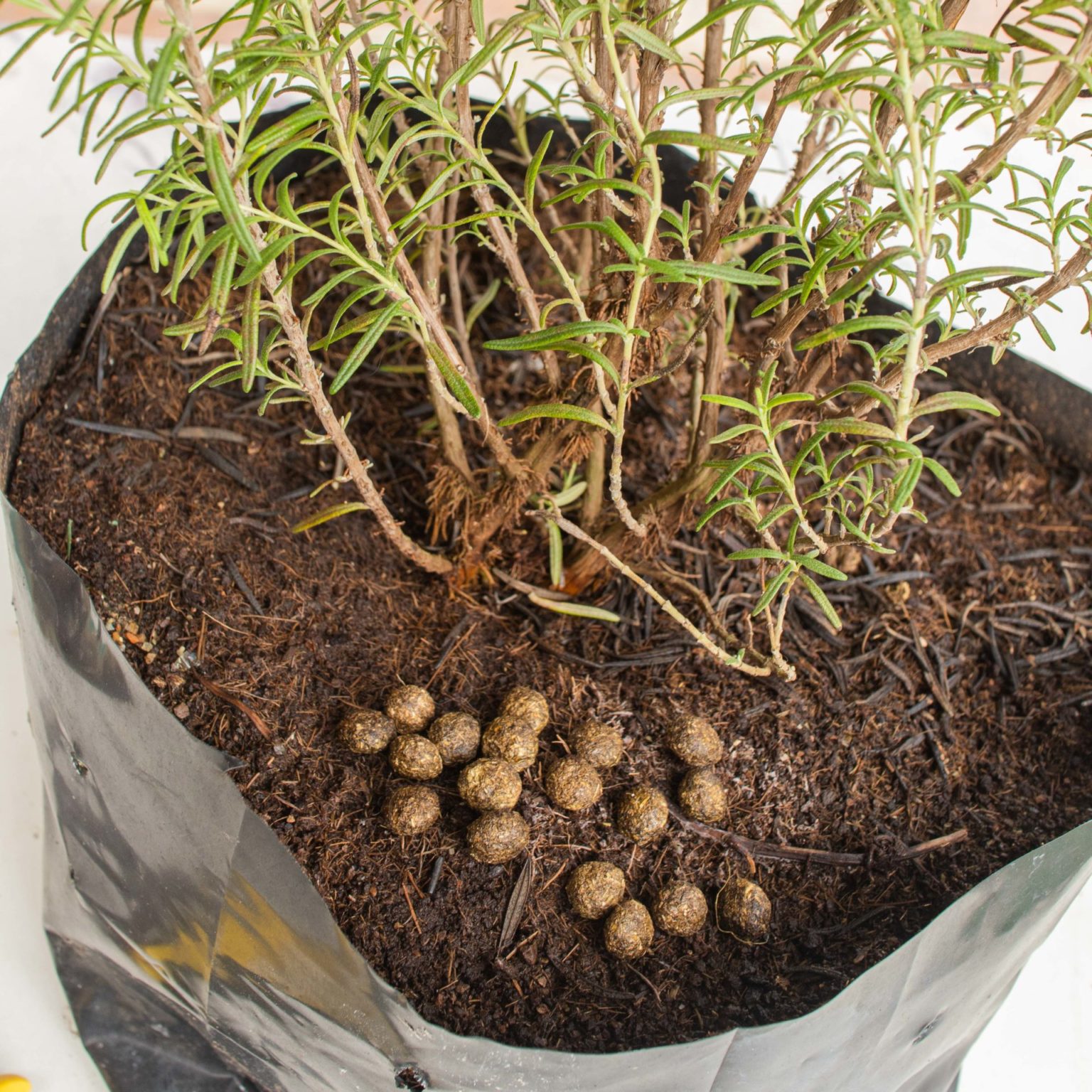
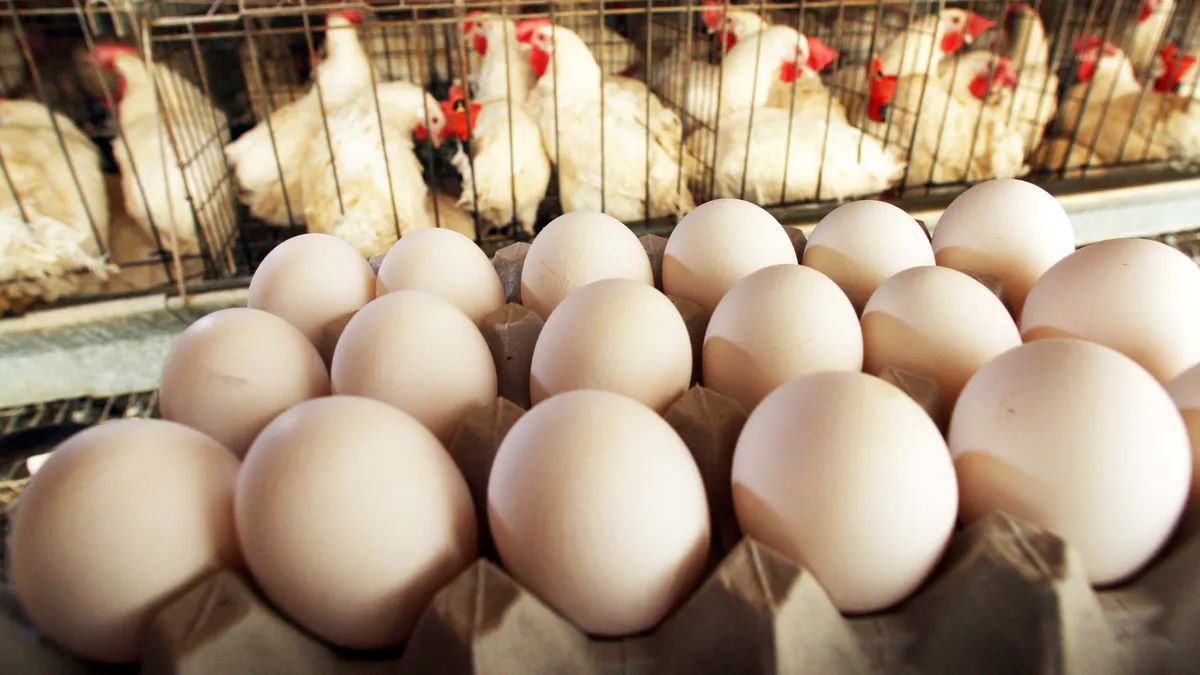



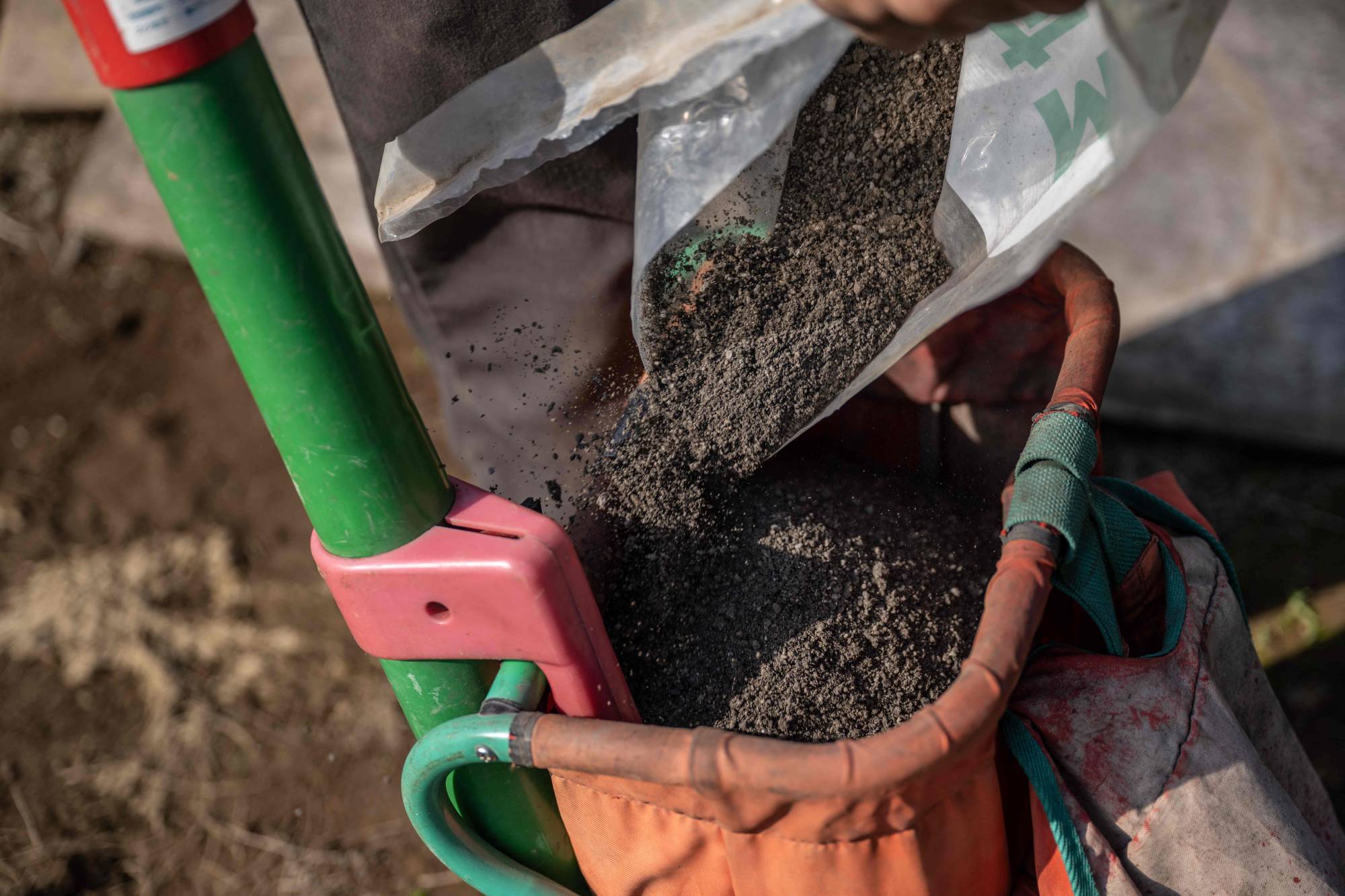
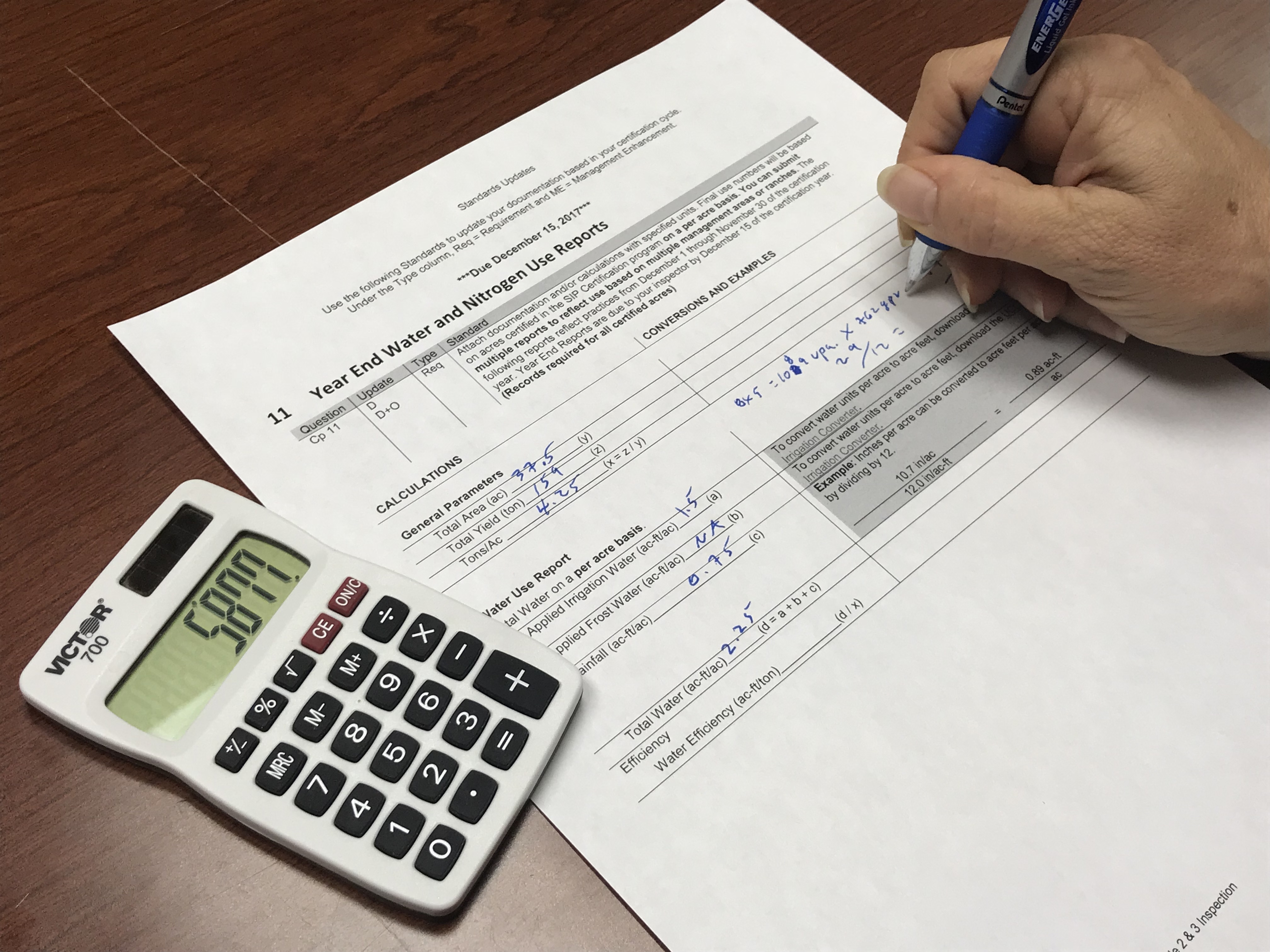
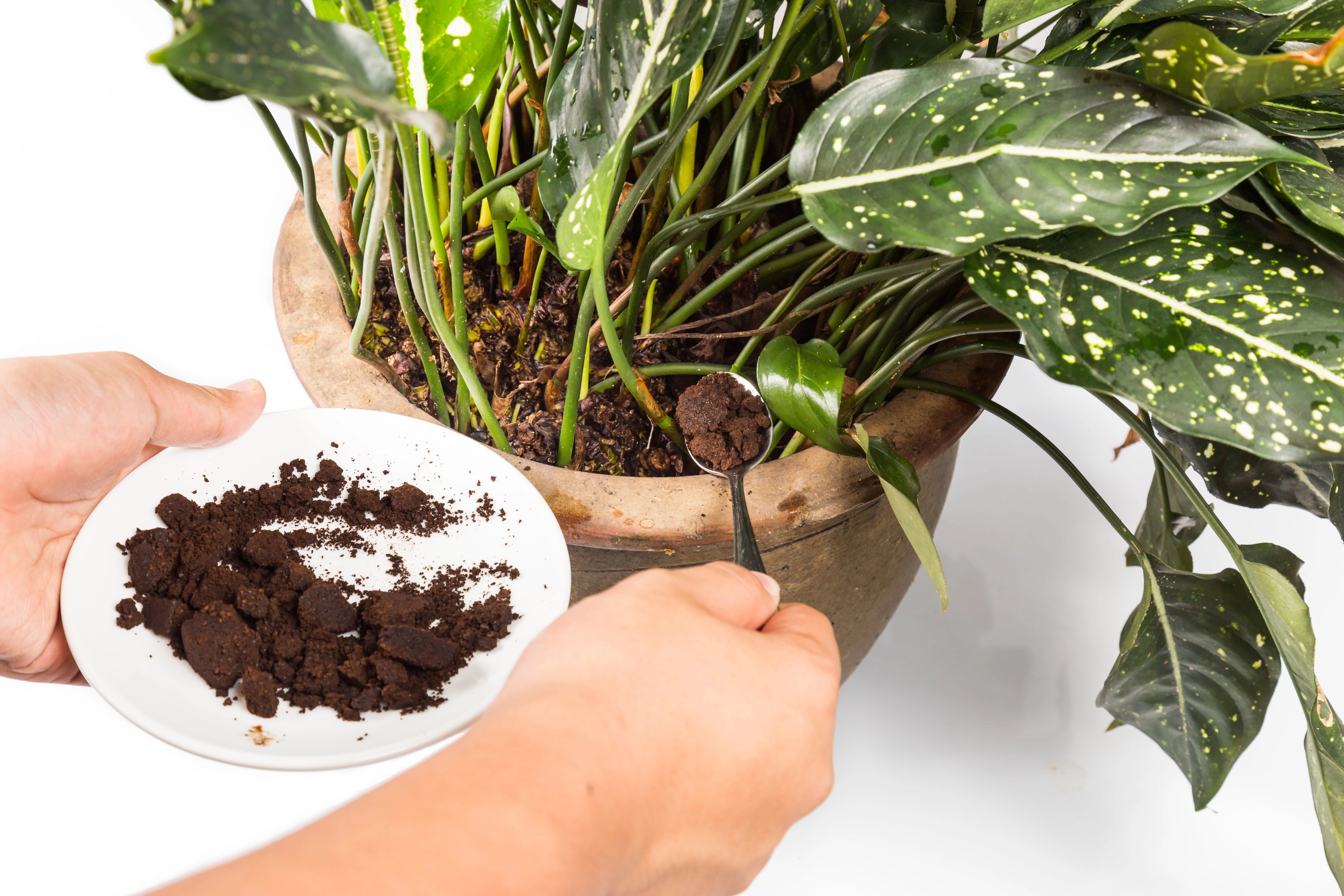
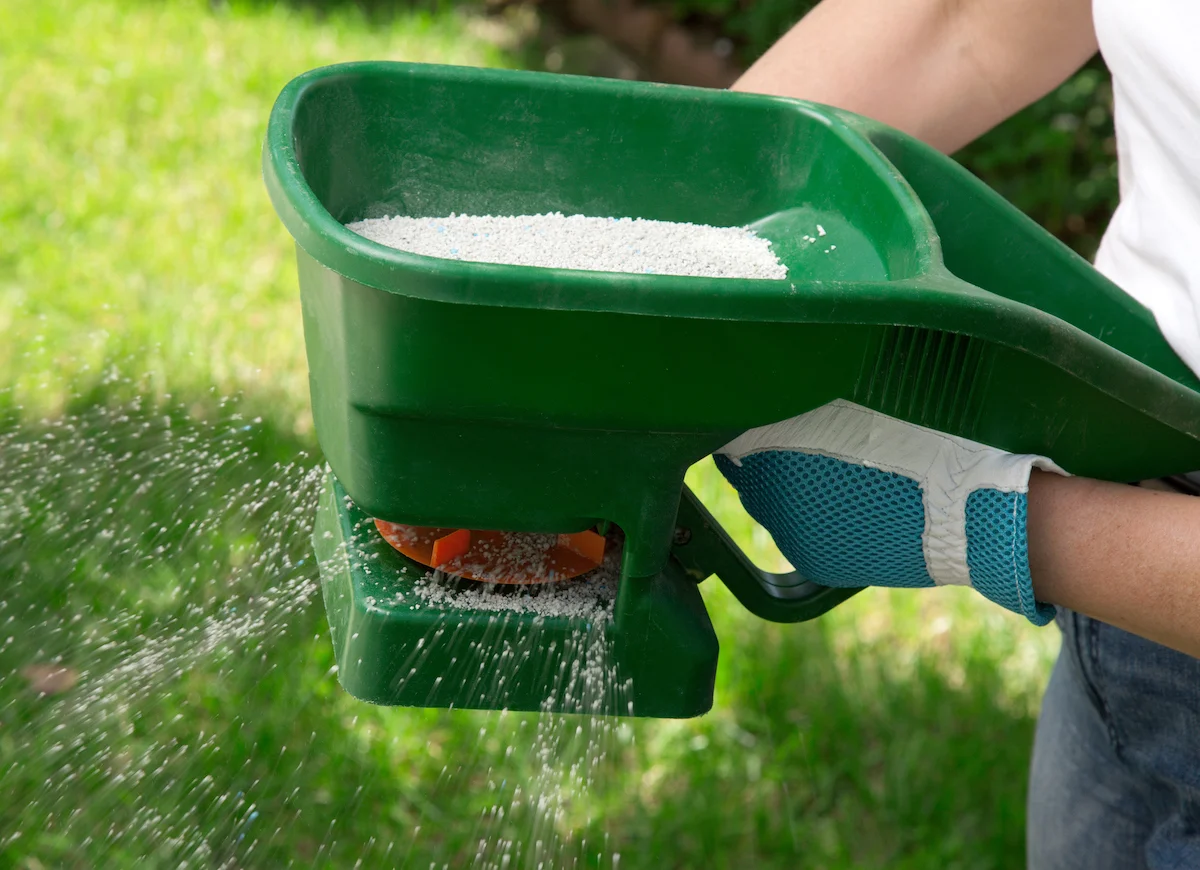
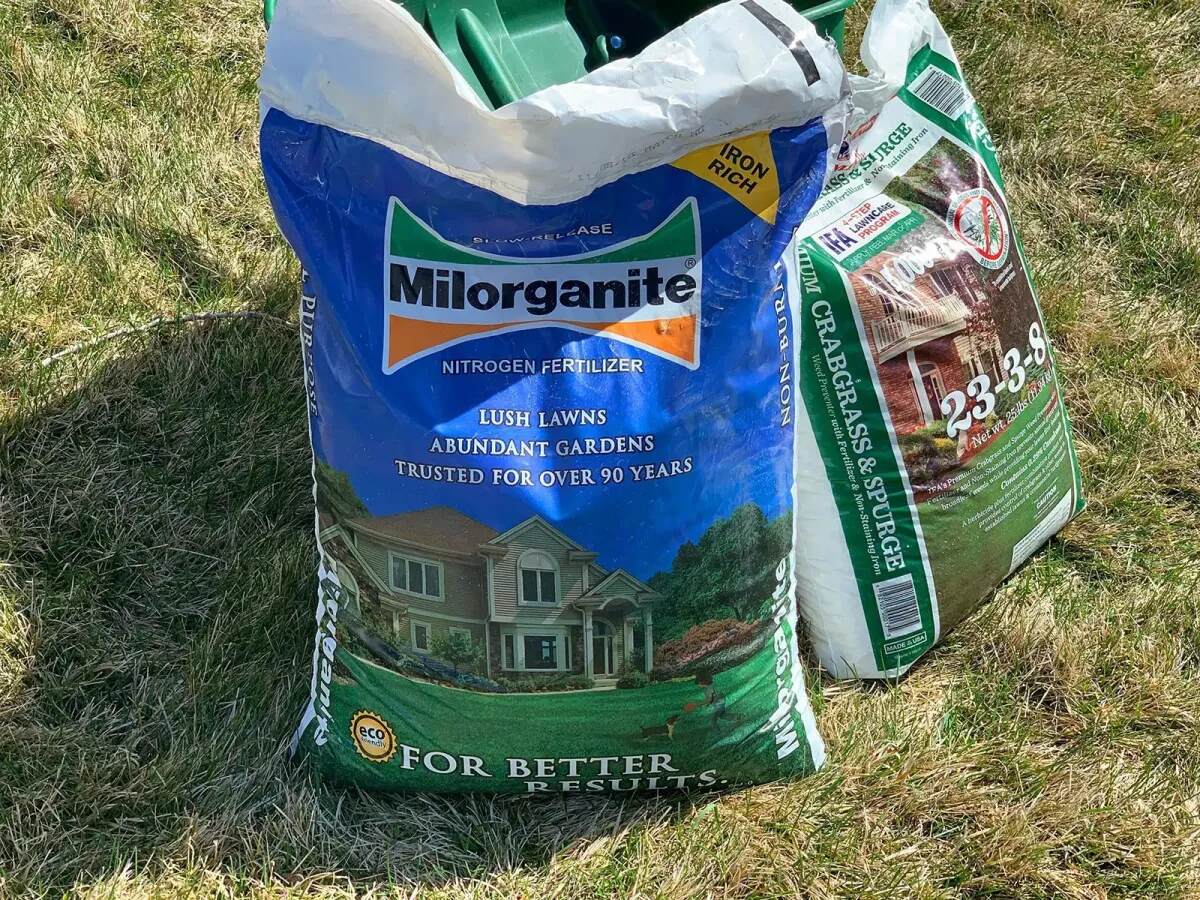
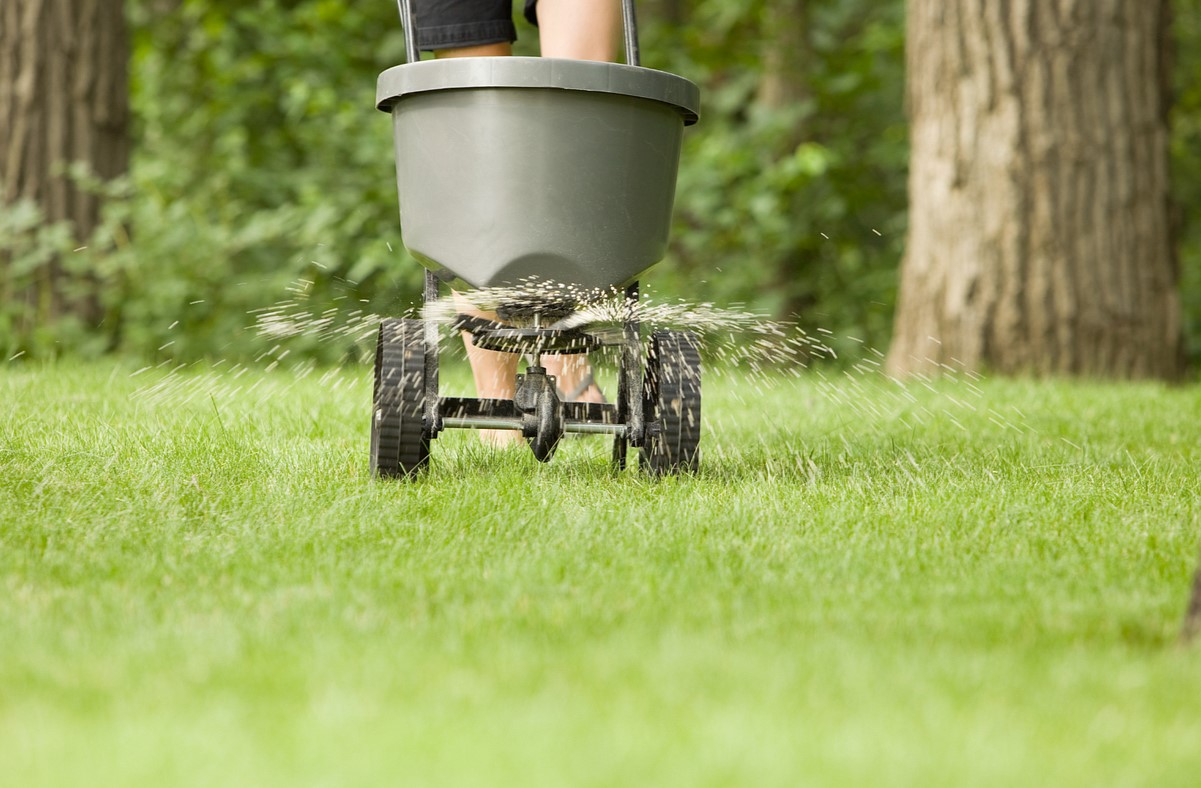
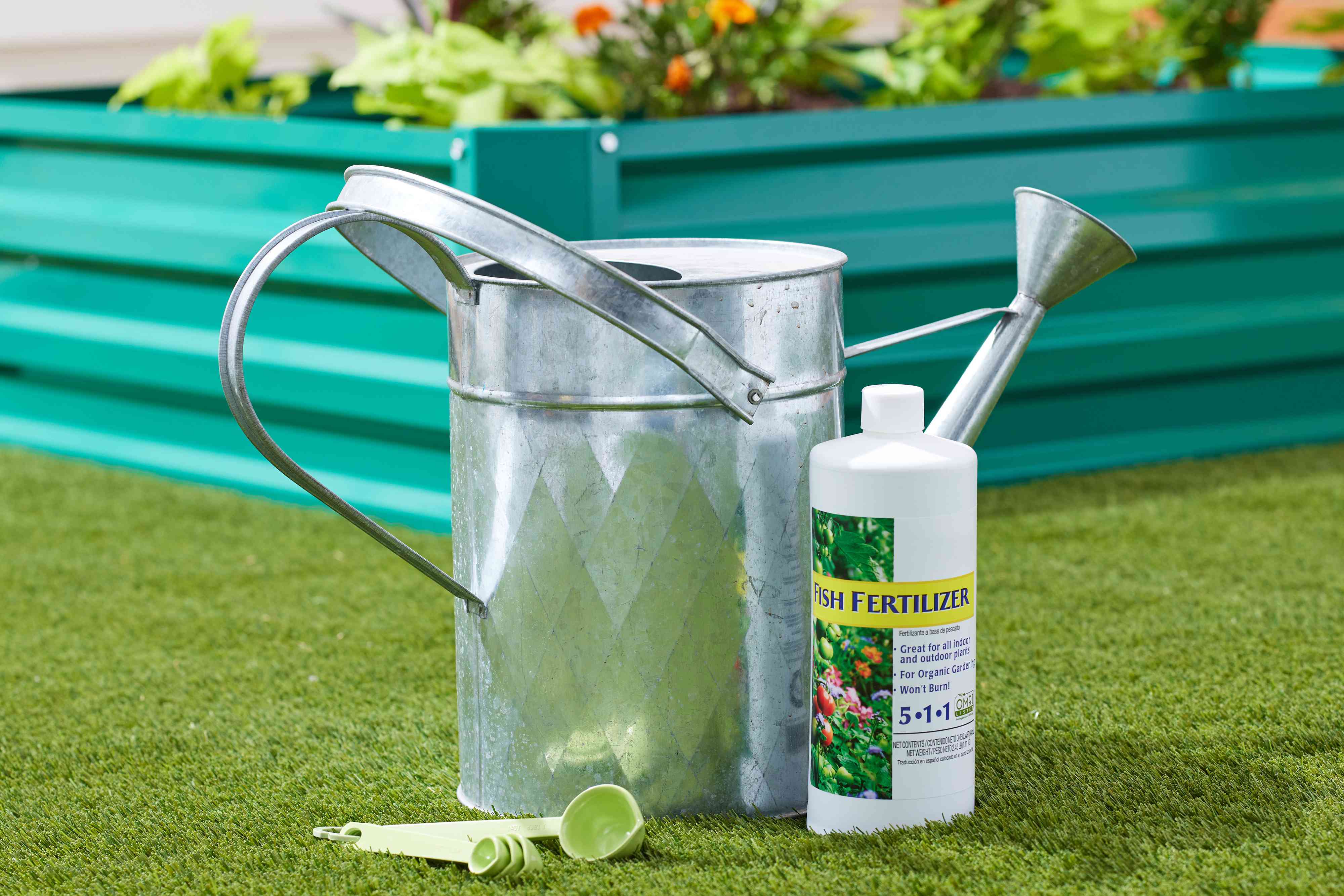

0 thoughts on “How To Store Fertilizer”